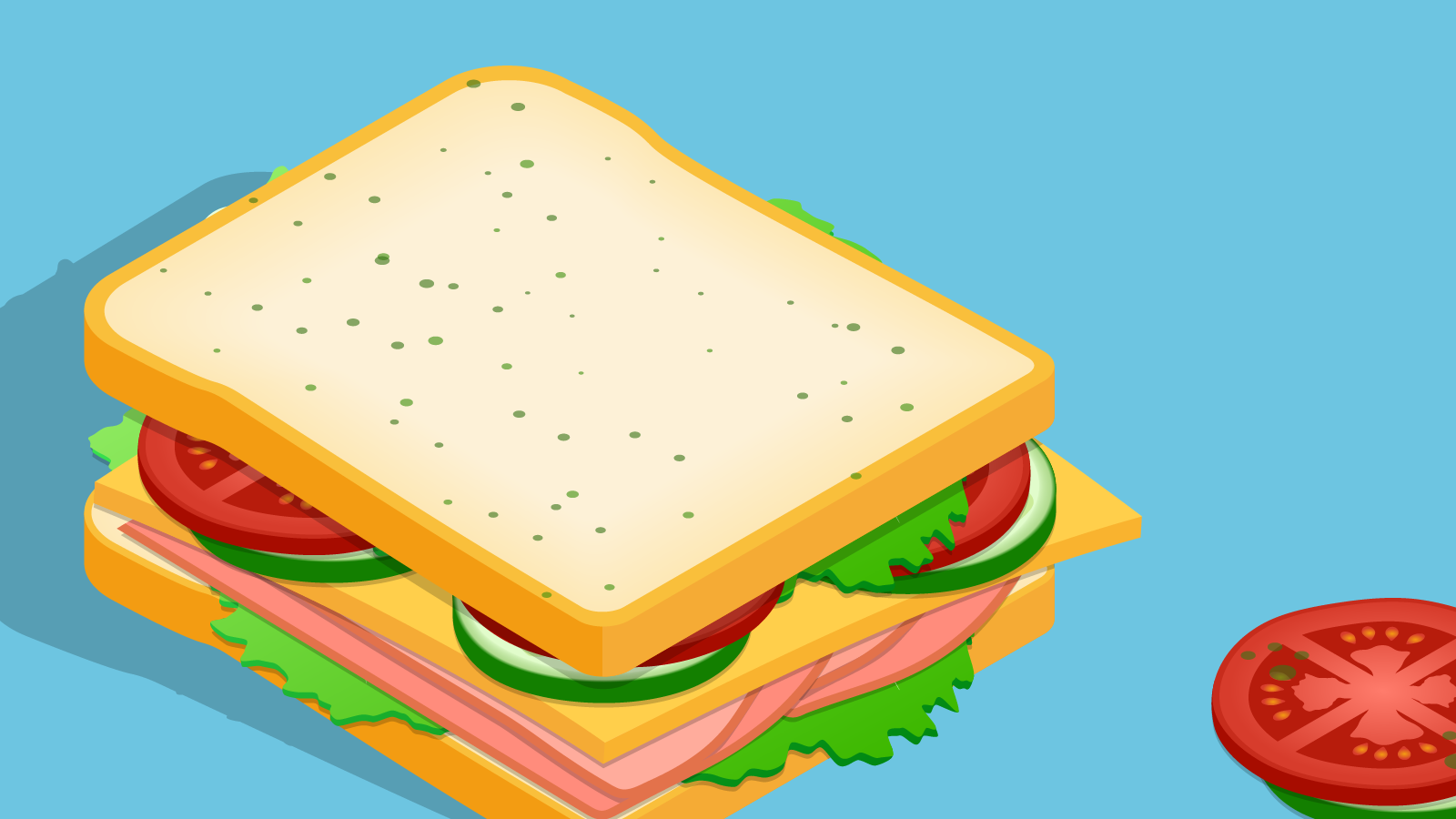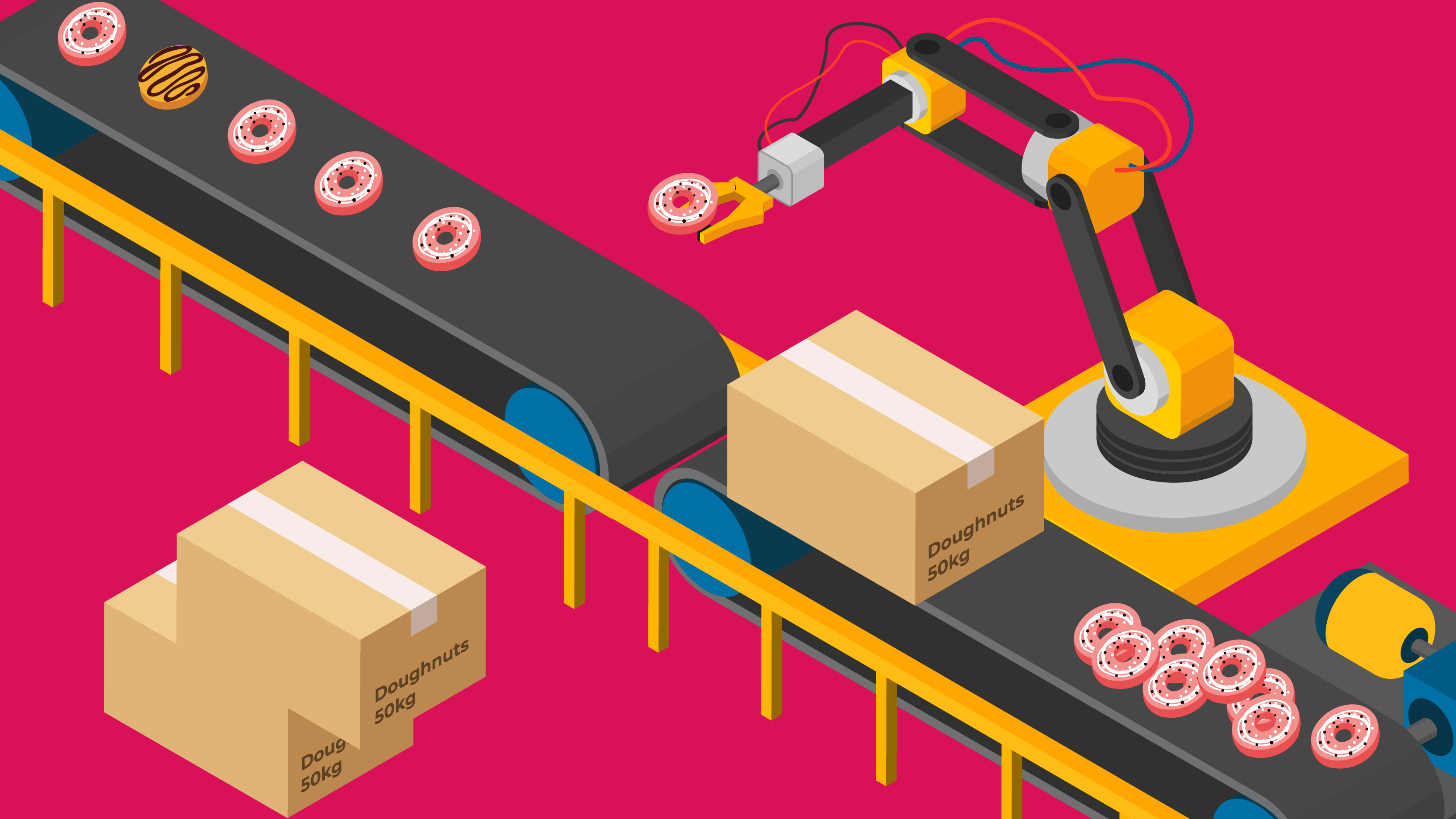Your clients need to know some of the risks faced by their businesses before getting into the nitty gritty about premiums and coverage. They may not know their main exposures or that there is specific insurance available to cover them. So, we’ve put together some handy questions and talking points to get the conversation started.
-
Have you considered your products liability exposure?
All companies that sell or manufacture tangible products have a products liability exposure. This includes sole traders assembling products at home, online retailers of products manufactured by a third-party, through to large manufacturers and distributors with multiple factory locations.
Companies must be aware of their exposure during every stage of products life-cycle. Some products may be consumed or used very quickly, but an illnesses or injury to end clients could take some time to develop or discover. Other products are purchased with the intention of long-term usage, meaning product liability claims can be made long after the product was sold.
-
Does my business have to protect itself with product liability insurance?
Although it’s not a strict legal requirement, it will often be contractually required by suppliers, manufacturers, or vendors. Product liability insurance is recommended for every party in the distribution chain. Even if a part of the chain is not solely responsible, a claim will often name all parties in any litigation. This may require specialist lawyers, and costs can rack up very quickly unless covered under a products liability policy.
Product liability can be unpredictable, multiple parties can be affected by the same defective batch of products. There can also be serious severity incidents for example, electrical goods starting a fire, causing serious bodily injury or property damage.
Complaints can quickly spread on to review sites, online marketplaces, or across social media. This could cripple a business, but product liability insurance can often prevent them from going under or stunting projected growth
-
While manufacturing defects are the biggest cause of products liability claims, did you know you could be also be liable for design defects or failures to warn?
At the design stage, manufacturers can perform a hazard analysis to determine possible ways the end user could suffer bodily injury or property damage. During this process a company can analyse both the products intended uses, as well as any anticipated misuses. Safety features may need to be designed in such a way that an end user cannot easily defeat, remove or modify them.
Clear labelling, instructions and warnings are also crucial, as they may be argued to be inadequate, inappropriate, misleading, or confusing. A specialist in the field can help evaluate the need and the language for warning or safety measures. Being proactive from as early as the initial concept, can help you identify and navigate through legal risks during development and post-sale responsibilities.
-
How exactly would products liability assist you in a claims scenario?
Being sued is not unusual, and if a defective product has been sold there could be serious consequences, including paying large sums in damages. Even if successfully extracted from any litigation, legal bills will inevitably stack up, highlighting the importance of product liability insurance.
If companies sell products worldwide, they will be exposed to various different legal systems, where the cost of lawyers and awards can be heavily inflated. Through CFC’s policy, insureds have access to a panel of lawyers who specialise in products liability.
-
As a manufacturer, would I be covered for all injury or damage claims under public liability insurance alone or not?
It’s typical of a public liability insurance policy to include product liability, but there are some key distinctions. Public liability insurance covers general day to day business activities such as a third party being injured due to a slip and trip in a warehouse. Product liability on the other hand covers you against bodily injury or property damage arising out of tangible products or parts that have been manufactured, altered, distributed or installed by you.
-
Why has my products liability premium changed when the products are still the same?
Premiums can vary due to different limits, deductibles, and projected revenues. Even if all of these were the same for two similar risks, the territorial sales split still needs to be considered.
A risk with most of sales to USA or Australia would carry a higher rate than a risk where they predominantly sell to Europe or South America. This is due to the higher propensity to claim along with larger awards in those territories. It’s common for insurance companies to avoid new start-ups, high US sales or Far East imports but at CFC we can consider all three.
Companies across the product supply chain face a wide range of risks no matter their size, proximity to the end user, or the type of products sold.
All manufacturers or distributors should be implementing quality management procedures including product recall procedures, regulation assessments , safety standard reviews, and adequate record keeping of suppliers.
In some scenarios even the most prudent of companies with the most rigorous quality controls, will sustain products liability claims. CFC can help insure and defend your business with specialist lawyers, and can look to minimise the impact to your operations and cashflow.
To find out more about CFC’s property and casualty insurance policy, contact the team at casualty@cfc.com.



